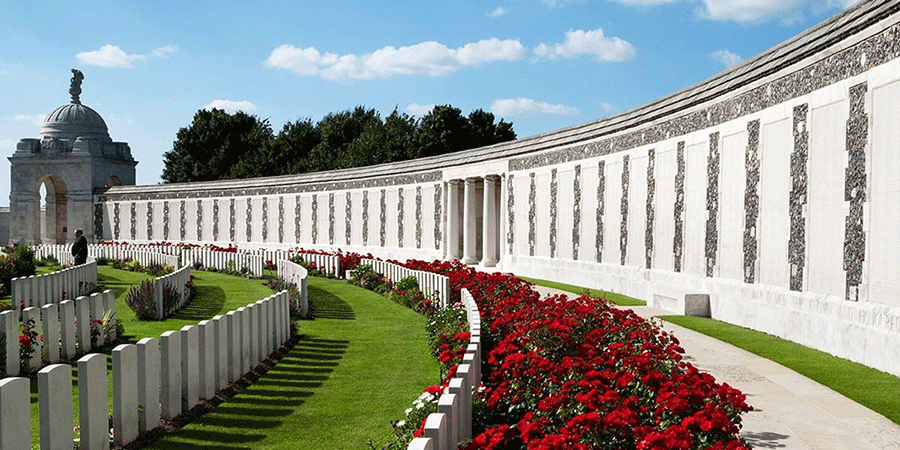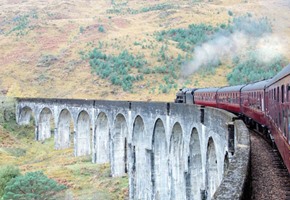What can be said about trains? They're fast, efficient, fairly stable modes of transport. Fantastic for commuting or transporting lots of heavy goods, and great at getting people to the heart of a destination with a fairly small amount of fuss. It is for exactly that reason how hospital trains came about.
The history of the hospital trains goes back to 1850, and the Crimean War. One of the bloodiest wars of the 19th century, Crimea also saw a massive turning point in healthcare in general, as it is when famed nurse Florence Nightingale first discovered the squalor in which the ill and injured languished, thus beginning modern nursing as we see it today. It should be no surprise therefore, to learn that this was when we first discovered the fantastic use for trains as modes of transport for the sick.
The Grand Crimean Central Railway was built in 1855, once the public back in England heard how horrific the conditions in Crimea were for the soldiers. Underfed, underprovided, and underequipped, the railway was built in short order to ensure that the troops got food and equipment as fast as was possible at the time. Soon after, troops realised they could then use the empty trains leaving the front to take away injured soldiers. Of course, these trains were filthy, filled with residue of what had been dropped off, and certainly not fit to carry the wounded. Be that as it may, the idea of hospital trains had begun.
Hospital trains were used sporadically in war for the next 60 years, throughout the American Civil War, and even in the Anglo-Zulu Wars. They did not come into their own however until the hellish events of the First World War.
World War I was the bloodiest war that anyone had ever seen. Casualties from both sides piled up by the masses, and it became immediately obvious that those who were injured needed far better treatment than just being put in a random train carriage as was previously the case. Fortunately, the improvement of hospital trains had been in the works since before the war began.
The train carriages needed to be specialised - beds needed to be put in, more importantly, stabilised beds, so the delicate cargo couldn't be jostled and injured more than they already were. Nurses and Doctors needed to be on board for immediate access to those most desperate for care, and that meant that on board medical rooms needed to be there. Treatment, of course, had to be dispensed, and so carriages for medicine and medical equipment became incredibly important.
One of the most famous uses of hospital trains was at Flanders in 1914. In a single month, hospital trains evacuated well over 100,000 British casualties alone, taking them all the way to the coast to link them to the hospital ships that would carry them home. Affectionately called the 'Great White Hospital Trains' thanks to their rather eye catching colour scheme, hospital trains became vital to the war effort of many countries. By the end of World War I, 51 hospital trains had been built, with 20 being used in Britain and 31 being sent to the Western Front.
Nowadays, hospital trains would be considered a bit passé in some countries, after all, the majority of the Western world has a multitude of hospitals and excellent ambulances to ferry the sick and injured to treatment centres. In, in some of the larger countries and poorer areas, however, hospital trains still hold an amazing amount of import. The Jeevan Rekha Express in India is so important to the rural areas of the country, it has been dubbed the 'Lifeline Express'. This train brings doctors and treatments out into the farthest reaches of the countryside, where, ordinarily, it would be difficult to bring treatment.
In China, the Lifeline Express is a state of the art eye clinic, providing surgery and sight to those suffering from cataracts in rural China - a place where sight is utterly important to the livelihood and ways of life of those living there.
The creation of hospital trains are to thank for many lives saved in war, and many livelihoods saved in times of peace - and on World Health Day, we are ever grateful for them.






